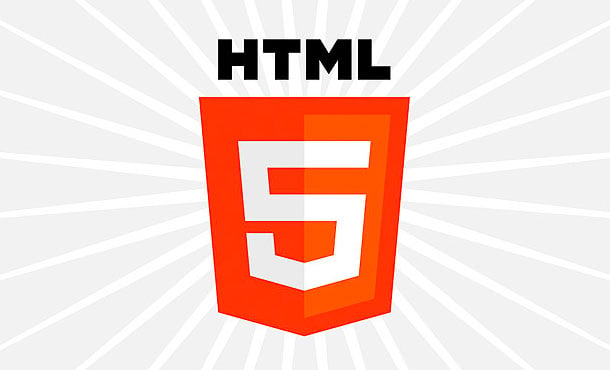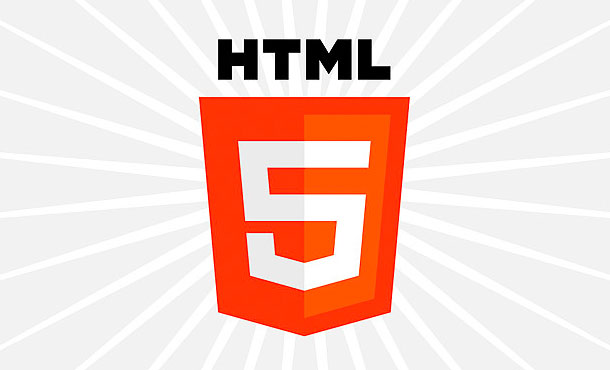
In December 2015, Adobe said the final goodbye to one of their most successful products, Flash and started encouraging display advertisers and developers to use new web standards instead, such as HTML5. While Adobe won't be getting rid of Flash, and will continue to support it (probably through improving security), their statement in December shows that they are accepting reality and are positioning themselves to change for the future.
For the tech industry, it was a welcomed goodbye to the insecure software. The decline of Flash has been a long one, and for the most part, the online advertising industry had started to accept that flash was dead a long while ago. Even so, this final nail in the Flash coffin, if somewhat symbolic, marks a new era of internet content, and in particular, online display advertising.
In this way, 2016 marks, somewhat officially, the first year of the post-Flash internet. Are you ready for your first Flash-free year? Read on to see what the post-Flash internet holds for online display advertisers.
Post-Flash, now what?
For many advertisers, the most difficult step; the move from Flash to HTML5, has already been done. You will more than likely noticed this yourself while browsing the internet; more HTML5 and less Flash animation. Advertisers, agencies and other developers still using Flash will probably see the statement made by Adobe in December as a signal to modernize their display ad production.
If this is old news, then surely everyone has already made the switch?
Not really, Flash display ads and even Flash websites are still alive and well but declining. There are some different groups of people, when it comes to display advertising, haven't embraced the move from Adobe Flash to HTML5. To some extent, this is understandable, as making the move from Flash to HTML5 means investing in new software and processes, and without the right support, this can be a nightmare. However, by using purpose-built tools that are designed to build HTML5 banner ads, the process can be smooth.
So, we'll never see Flash on our screens again?
In short, no. There are still websites that are built with Flash, but these are often old sites from companies that do not rely on the technology of business via the web. There are still some Flash banner ads floating around the internet, but these are now automatically paused on browsers such as Chrome, so you probably won't see them anyway.
Being digital is about embracing change
To be honest, digital forerunners have already welcomed this move to HTML5, and this is nothing new to them. HTML5 banner ads have been the norm for some time, and we already see more advanced and exciting banners on all of our screens, including mobile. I feel that being truly digital is about embracing change. You wouldn't dream of hiring a social media manager or marketing agency who set out a strategy for building their audience on Myspace, but doesn't know how to use Twitter or Snapchat. Therefore, those who are reluctant to learn new technology and change should be, and will be, left behind. The internet moves quickly, and if brands fail to evolve as fast as it does, they'll miss out on success.
Still stuck using creating Flash banner ads? Try BannerFlow to start building professional HTML5 banner ads without the fuss. Start 14 day free trial








